Top 10 Cloud computing trends for 2024


Cloud computing delivers services over the internet, such as servers, storage, databases, networking, software, analytics, and intelligence. This solution has transformed business operations by delivering exceptional scalability, flexibility, and cost-efficiency. Following the latest advancements in the internet-based ecosystem is essential as companies advance into the digital age. In this blog post, we will explore the top 10 cloud computing trends for 2024, along with the benefits and challenges associated with this transformative technology.

Cloud Security
Cloud security protects data, applications, and infrastructure from cyber threats in the virtual environment. Both the provider and the user share this vital responsibility. It employs encryption, authentication, authorization, monitoring, compliance, and incident response measures. Once more organizations migrate to web-based systems, they encounter the growing challenge of defending against sophisticated and frequent cyber-attacks. Engineers expect that ensuring robust information security will be a critical priority, reflecting the importance of protecting valuable digital assets.
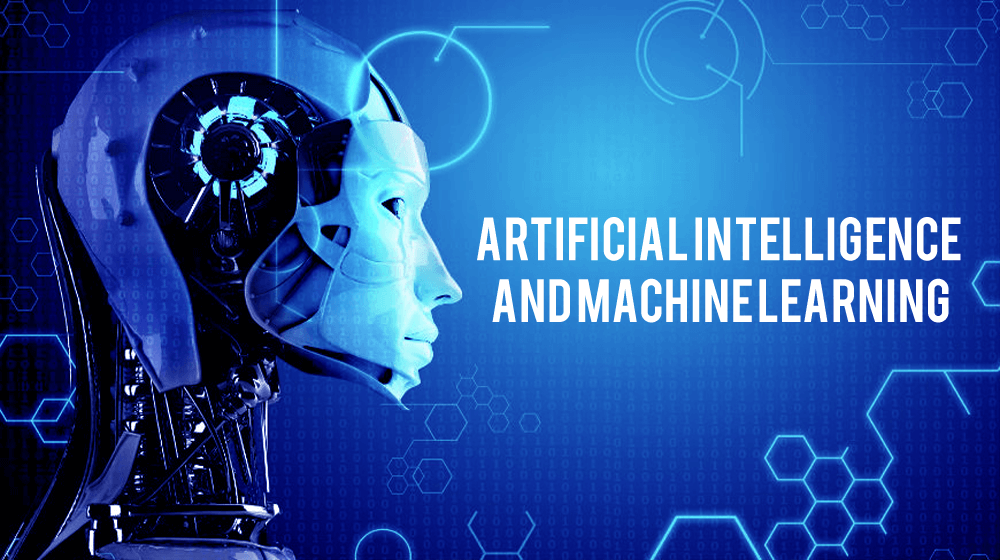
AI & Machine Learning
According to Gartner, AI/ML is one of the future trends in cloud computing, with over 40% of applications expected to leverage this innovation in 2024. Providers use the technology to deliver intelligent, personalized services like natural language processing and recommendation systems. Users benefit from workflow optimization, task automation, improved decision-making, and data insights. AI/ML drives breakthroughs across healthcare, education, finance, retail, and manufacturing.

Hybrid and Multi-cloud
Another trend is the rise of hybrid and multi-cloud architectures. Hybrid models combine public and private internet resources, while multi-cloud involves multiple remote providers. These approaches provide increased flexibility, scalability, and cost-effectiveness for applications by leveraging diverse online platforms. Such mixed models reduce dependency on single vendors and enhance resilience against outages and cyberattacks.

Quantum Computing
Because of the ability to outperform traditional computers, quantum computing has enormous potential in cryptography, AI, optimization, and other domains. Accessing quantum resources seamlessly through internet-based processes eliminates the need for costly hardware investments. Major providers like Microsoft, IBM, Amazon, and Google offer such quantum services.
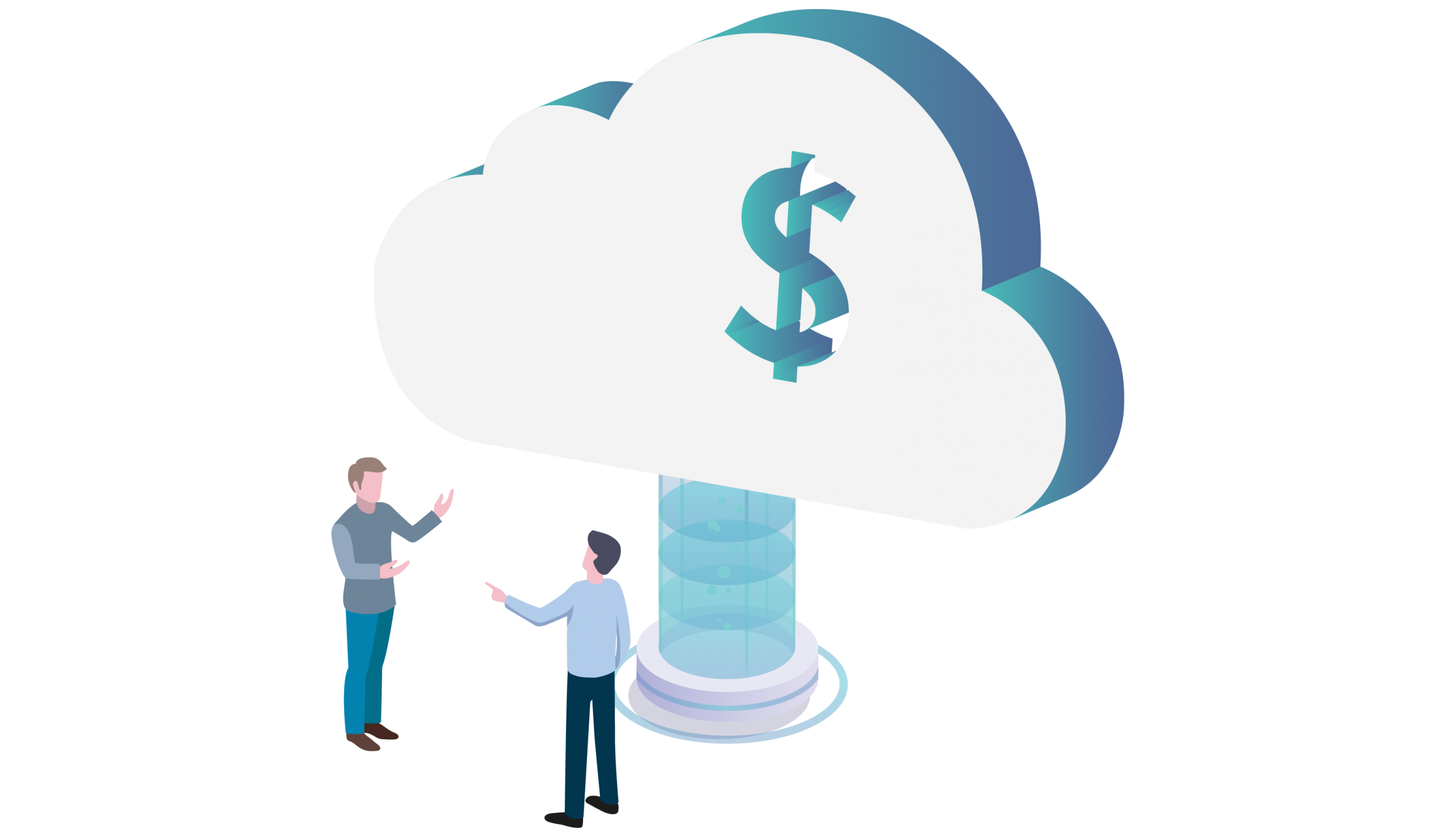
Cloud Cost Optimization
This technology will define future trends of cloud computing because businesses aim to reduce spending and improve efficiency. It involves analyzing and managing internet resources to eliminate waste, enhance performance, and align costs with goals. Taking a proactive approach using governance structures, tagging strategies, monitoring tools, and optimization techniques is critical.
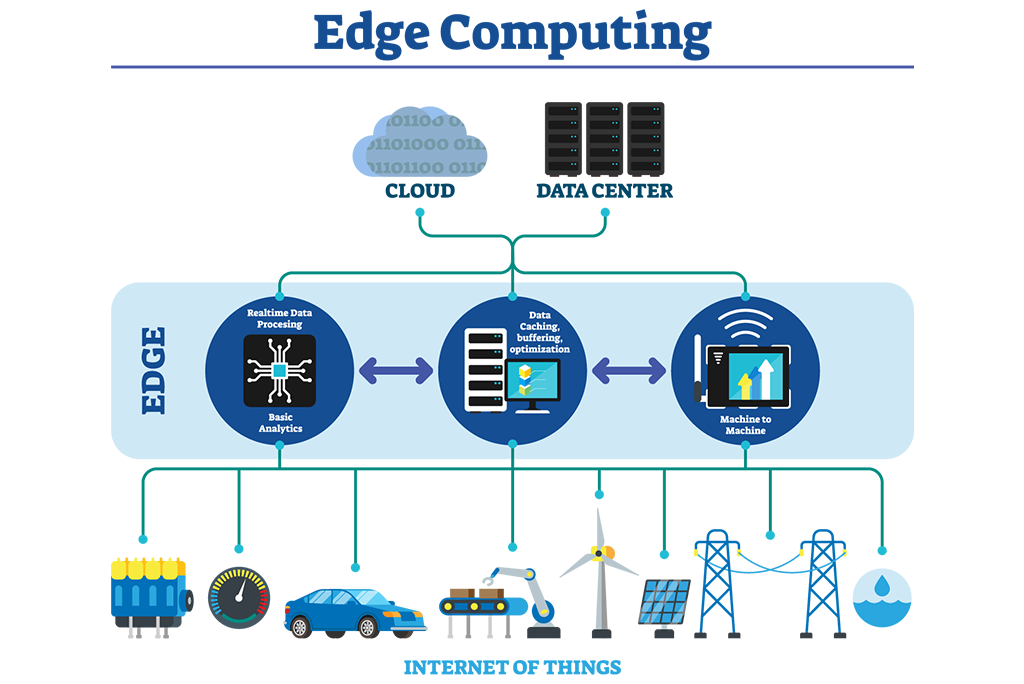
Edge Computing
Edge computing is a distributed system that brings computation and data storage closer to the point of need, resulting in improved response times. It is precious for real-time processing requirements like IoT devices, autonomous vehicles, and smart cities. By 2023, edge networking will grow significantly because of the increase in connected devices and the generation of large amounts of data.

Kubernetes
With features like orchestration, service discovery, and security, Kubernetes has become one of the cloud computing trends. It can automate the management of containerized applications, making them portable and scalable across different online environments. The global Kubernetes market is projected to grow to USD 6.7 billion by 2023, thanks to the adoption of distributed-native apps and the demand for efficient software delivery and reliable distributed systems.
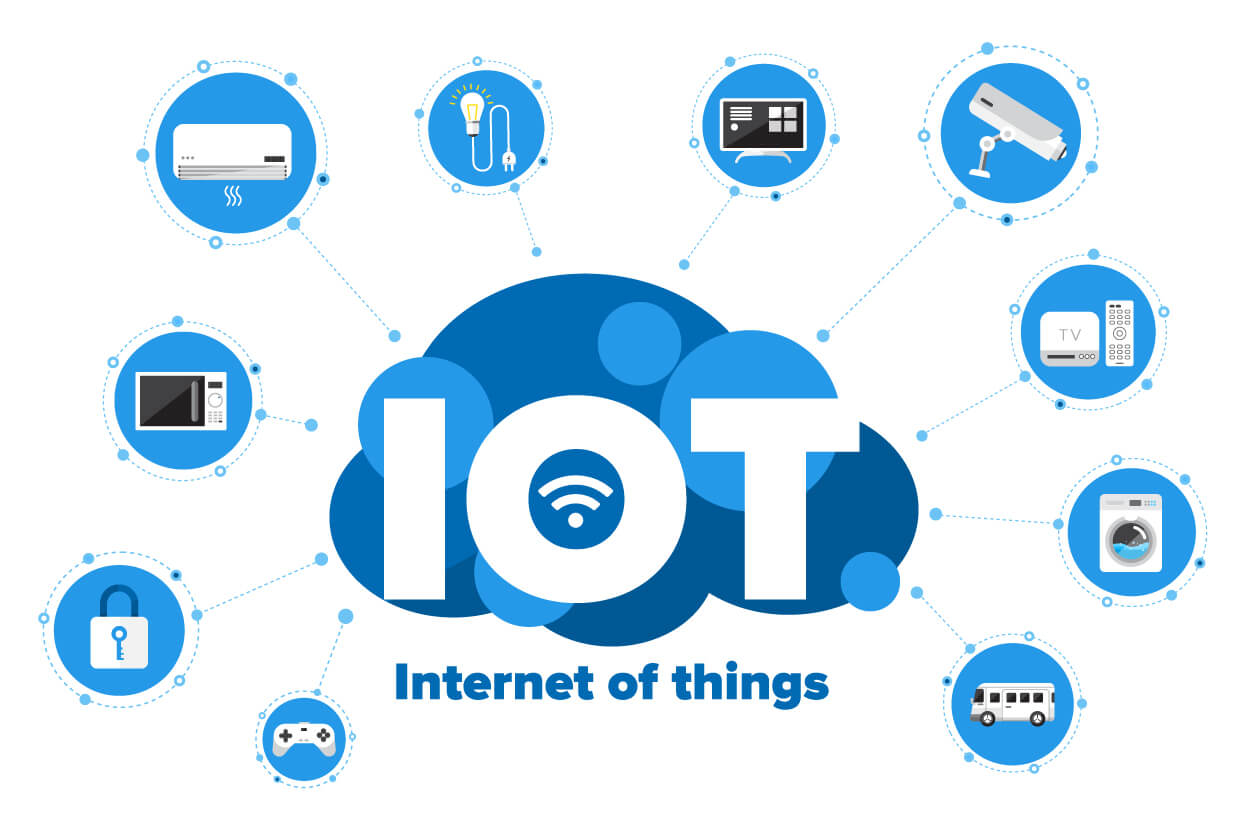
IoT
IoT makes possible intelligent homes, cities, agriculture, healthcare, and manufacturing. Cloud services offer scalable, secure, cost-effective IoT data processing, storage, and analysis capabilities.
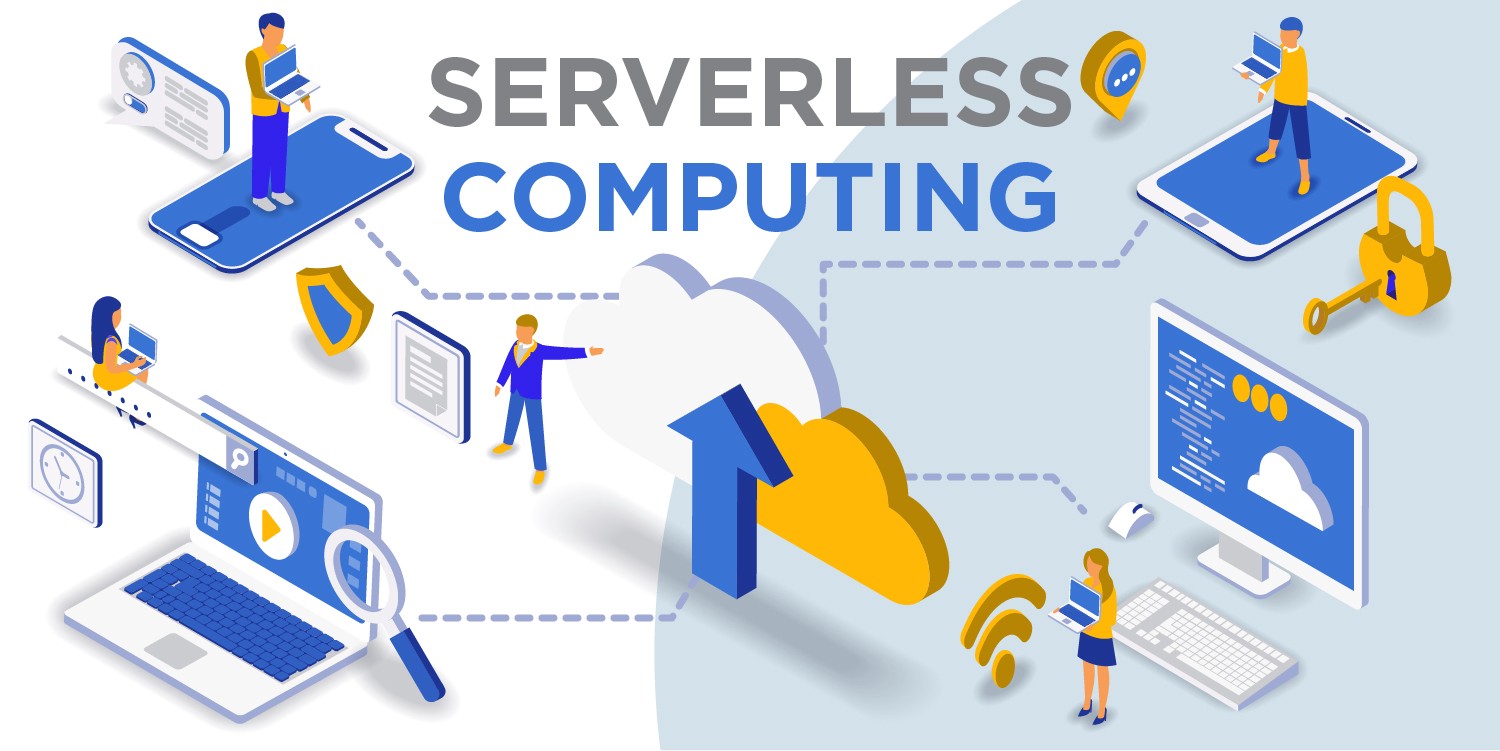
Serverless Computing
With serverless computing, developers may build applications without needing to manage infrastructure. While programmers focus on code and deliver it to controlled containers, the cloud provider oversees servers, scaling, and resource charges. Serverless solutions include scalable databases, storage, messaging, and analytics. It provides responsive apps by scaling down services to zero while inactive.

Disaster Recovery
Disaster recovery refers to the ability of an organization to restore its data and applications in the event of a catastrophe. Web-based backup solutions offer several advantages over traditional methods, such as lower costs, faster recovery times, and greater scalability. By using this trend of cloud computing, organizations can avoid the risks of data loss, downtime, and reputational damage that can result from disasters.
Looking for more Cloud-related content at TECHVIFY?
Embracing the latest trends in cloud computing equips enterprises with a range of advantages.
| Scalability | When necessary, resources will be scaled up or down using network-based technology. Companies can easily adjust computing power, storage, and bandwidth requirements without significant upfront investments or delays. This flexibility enables them to adapt swiftly to changing customer needs and avoid under or over-provisioning resources. |
| Cost savings | Eliminating the need for upfront hardware, software, and infrastructure investments reduces business capital expenses. Cloud services operate on a pay-as-you-go model, enabling payment only for the resources utilized and avoiding unnecessary expenditure on idle resources. |
| Accessibility and mobility | Internet-driven technology allows remote access to applications and data, fostering collaboration and flexible work from various locations and devices. It facilitates seamless data sharing and collaboration, enhancing productivity and efficiency. |
| Security | Companies extensively invest in security measures to safeguard their infrastructure and client data. They use advanced access controls, encryption methods, and security processes to protect data. Data backup and disaster recovery options lower the likelihood of data loss and facilitate speedy recovery in an emergency. |
| Flexibility and agility | Distributed deployment models enable rapid deployment, testing, and innovation of solutions, empowering businesses to stay competitive by bringing products and services to market faster. |
| Automatic software updates | This characteristic frees enterprises from managing software patches and updates. It guarantees they can get the newest features, security upgrades, and bug fixes without manually updating their systems. |
By addressing the following main challenges, organizations can overcome potential obstacles and leverage the benefits of virtual platforms to drive their digital transformation effectively.
Cloud computing stores and accesses data and programs on the internet instead of your computer’s hard drive. It involves delivering different services through the internet, including tools and applications like data storage, servers, databases, networking, and software. Network-based storage allows it to save files to a remote database instead of a proprietary fixed disk or local storage device.
There are three main types, including public, private, and hybrid. Within these deployment models, there are four primary services: infrastructure (IaaS), platform (PaaS), software (SaaS), and function (FaaS).


Table of ContentsI. Top 10 Cloud computing trends for 202401. Cloud Security02. Artificial Intelligence and Machine Learning (AI/ML)03. Hybrid and Multi-cloud04. Quantum Computing05. Cloud Cost Optimization06. Edge Computing07. Kubernetes08. IoT09. Serverless Computing10. Disaster RecoveryII. Benefits of Cloud ComputingIII. Cloud Computing ChallengesFAQsWhat is cloud computing?What types of cloud computing? Technological advancements are paving new paths for companies across different sectors, and the logistics industry is no exception. According to a survey by Gartner, 87% of supply chain professionals plan to invest in enhancing the resilience of their platforms. Logistics encompasses a broad and complex array of processes that demand the utmost…
26 July, 2024

Table of ContentsI. Top 10 Cloud computing trends for 202401. Cloud Security02. Artificial Intelligence and Machine Learning (AI/ML)03. Hybrid and Multi-cloud04. Quantum Computing05. Cloud Cost Optimization06. Edge Computing07. Kubernetes08. IoT09. Serverless Computing10. Disaster RecoveryII. Benefits of Cloud ComputingIII. Cloud Computing ChallengesFAQsWhat is cloud computing?What types of cloud computing? The technology sector is advancing at an unprecedented pace, and the HR landscape is evolving right alongside it. To attract top talent, HR professionals and organizations need to stay ahead of emerging technology hiring trends. This year, we are witnessing significant shifts in hiring practices that will redefine our understanding of the…
25 July, 2024

Table of ContentsI. Top 10 Cloud computing trends for 202401. Cloud Security02. Artificial Intelligence and Machine Learning (AI/ML)03. Hybrid and Multi-cloud04. Quantum Computing05. Cloud Cost Optimization06. Edge Computing07. Kubernetes08. IoT09. Serverless Computing10. Disaster RecoveryII. Benefits of Cloud ComputingIII. Cloud Computing ChallengesFAQsWhat is cloud computing?What types of cloud computing? Customized software plays a major role in managing various tasks within the telecom industry. It is essential for allocating numbers to subscribers and managing networks through optimized and AI-enabled routing protocols. Additionally, it aids in detecting fraud with intelligent telecom software development solutions and maintaining detailed subscriber profiles, including comprehensive call recording…
24 July, 2024


Thank you for your interest in TECHVIFY Software.
Speed-up your projects with high skilled software engineers and developers.
By clicking the Submit button, I confirm that I have read and agree to our Privacy Policy